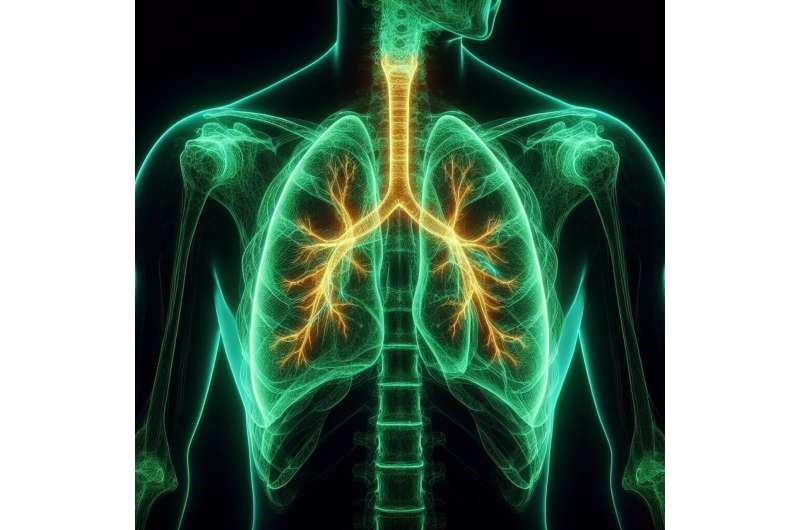Free Courses Sale ends Soon, Get It Now


Free Courses Sale ends Soon, Get It Now



Source: MedicalExpress
Disclaimer: Copyright infringement not intended.
Context
Details
Historical Background
Key Features
Regulation of Ferroptosis
Positive Regulators
Negative Regulators
Physiological and Pathological Roles
Physiological Roles
Pathological Roles
Sources:
|
PRACTICE QUESTION Q. Consider the following statements regarding ferroptosis:
Which of the statements given above is/are correct? A) 1 and 2 only Answer: D) |
© 2024 iasgyan. All right reserved